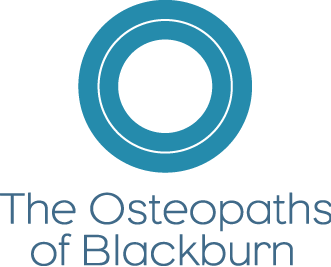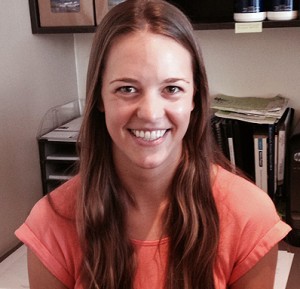Understanding Scoliosis
Curves are a normal part of the spine’s structure, however the size and the shape of each individual’s spine will differ. In this blog I will discuss the different types of curves that can occur, what to look for and when medical intervention may be required.
Different Spinal Curves:
- Lordosis/kyphosis – The human spine has four naturally occurring curves, which are categorized as either a lordosis or a kyphosis. When looking at a person from side on we can see the neck & low back have lordotic curves as they dip inwards whereas the mid back & pelvis takes on a rounded kyphotic curve. The degree of each of these curvatures may differ between individuals based on lifestyle and/or postural habits.
- Scoliosis – A scoliosis is a lateral (or side-to-side) curvature of the spine. When looking at a person from the front or back the spine should appear straight. An individual with a scoliosis will have either a “C” shaped or “S” shaped curve when looking from this direction.
Types of Scoliosis:
Scoliosis can be classified into one of either two major categories:
- Functional – Functional scoliosis is a curvature that forms due to a problem that does not involve the spine.
These causes include:
- Difference in leg length
- Postural habits or participating in asymmetrical sports which can result in overuse in the muscles on one side of the spine & underuse of the muscles on the other side
- Pain & muscle spasm due to an injury
Functional scoliosis’ are reversible and can be treated effectively with manual therapy & exercise prescription.
- Structural – A structural scoliosis is a fixed curvature of the spine and cannot be reversed. According to the Scoliosis Research Society (SRS) around 80% of structural scoliosis’ are idiopathic, which means that the cause is unknown and not related to any other disease or disorder. The other 20% are due to birth defects, neurological disorders & congenital conditions.
Idiopathic Scoliosis:
Idiopathic scoliosis presents during one of the periods of rapid growth, with around 80% occurring during the adolescent (10-18 years old) growth spurt. The incidence of boys & girls developing small spinal curvatures is equal, however girls have a much higher risk of the curve progressing and requiring treatment.
Once scoliosis is detected it is important to monitor its progression. X-rays will typically be ordered to determine the degree of the curve and thus its severity. Curves that are less than 10 degrees are not considered to represent scoliosis but rather they are considered an asymmetry in the spine. These curves are unlikely to progress and generally don’t need treatment but should be monitored. Curves greater than 25 degrees need to be monitored for change regularly and will typically require medical intervention because as the scoliosis gets bigger it can begin to impact on the internal organs. It is recommended that the scoliosis should be imaged every 4 – 6 months in growing children and every 5 – 7 years in adults.
What to look for:
Typically adolescent idiopathic scoliosis does not result in back pain, therefore it is important to be able to notice any change in their posture. Common signs of scoliosis include:
- One shoulder higher than the other
- One shoulder blade that sticks out more than the other
- One hip higher than the other
- “C” shaped or “S” shaped curve in the spine
- Uneven gaps between the arms & the trunk
- Ribs more prominent or one side of the back
- Head not centered over the body
Treatment Options:
Treatment of scoliosis depends on the degree of the spinal curve as well the skeletal maturity of the patient, or how much growth can be expected. These are some of the different treatment options that can help with scoliosis:
- Osteopathy/manual therapy – Osteopathy can help in the treatment of both functional and structural scoliosis. In the case of functional scoliosis, the cause of the scoliosis, whether that is muscular tension or joint restriction, can be identified and addressed. In terms of treating structural scoliosis, although the curve cannot be reversed, treatment can help to release the tissues that are under excessive strain due to the curve.
- Exercise prescription – Exercise can help to increase muscle strength & endurance, which can result in an improvement in posture, pain and quality of life.
- Bracing – Bracing is recommended for children & adolescents who are still growing and they have a scoliosis between 25 & 50 degrees. It is a rigid brace that is fitted to the individual’s trunk and is worn 23 hours per day to prevent progression of the curve.
- Surgery – Surgical treatment is used for patients whose curves are greater than 45 – 50 degrees. The goal of surgery is to prevent the progression of the curve and maintain some curve correction. The surgery involves metal rods, which are attached along the length of the spine to create an internal splint.
If you suspect you or your child may have a scoliosis give us a call or make an appointment so that we can discuss what the best treatment/management plan should be.
References:
- Scoliosis Research Society (SRS): Retrieved from: http://www.srs.org
- Scoliosis Australia: Retrieved from: http://www.scoliosis-australia.org

